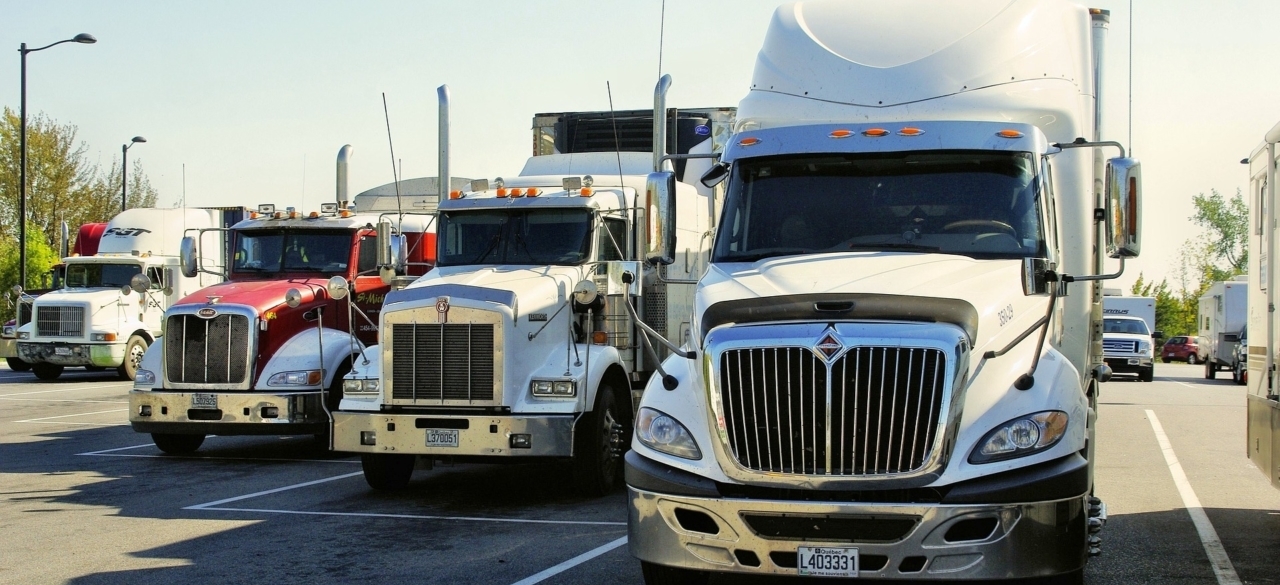Talent is hard to find. Enterprise organizations are tightening purse strings. The future of the economy is uncertain.
All this and more create unique challenges for contingent workforce management professionals. One solution may be the use of robots — and interest in them is only increasing as AI fuels the abilities and efficiencies of the products available.
All companies are driven to cut costs because of economic and inflationary pressures, according to Ryan B. Okerstrom, VP of Operations, Protective Services Group, at Huffmaster Crisis Response Inc., and whether hiring contingent or in-house staff, their associated wages, recruitment and onboarding expenses, insurance, training, benefits and more all increase business costs.
But robots don’t come with such price tags.
Michigan-based Huffmaster provides staffing and strike services for the industrial, security and healthcare industries; however, the Protective Services Group division is strictly a permanent security solutions provider.
“The return on investment financially is huge, and the cost savings is giant,” says Okerstrom about using robots to provide security services. His security customers also get a quick return on their investment.
“If it costs $250,000 a year for the four security officers needed to staff a post around the clock, and you can get one robot that can do the job for $100,000, you’ve already got your return on investment. It’s already there,” he says. “And the next year, you don’t pay that $100,000 again; you’ve already paid it, so now your return on investment is compounded when you don’t pay $250,000 every year.”
Collaborative robots, commonly known as cobots, work alongside human operators with minimal safety devices, according to AutomationWorld. Although cobots can perform some of the same tasks that traditional industrial robots handle, they cannot support heavier loads due to their lighter weight and size. Additionally, cobots cannot match the speed of their industrial counterparts.
Cobots on the Rise
The collaborative robot market is projected to grow to $6.8 billion by 2029 from $1.2 billion this year, according to a forecast report released last month by ReportLinker. However, a higher preference for low payload capacity traditional industrial robots over cobots in heavy-duty industries is limiting the growth of the collaborative robot market.
According to the report, cobots are expected to increase significantly in North America during the forecast period. Prominent players in this region are emphasizing expanding their production capacities to cater to the market demand. For example, in March, Switzerland-based ABB announced its plans to expand into the US, one of its largest customer markets, with construction starting to expand its existing North American robotics headquarters and manufacturing facility in Auburn Hills, Michigan. The project is expected to be completed in November 2023 and represents an investment of $20 million.
Cobots are also increasingly being used in industries such as plastics, metals and machinery, and food and beverages in the region.
“The high return on investment for collaborative robots over traditional industrial robotics systems has paved the way for their growth in recent years,” the report states. “In addition, the benefits derived from adopting cobots for businesses of all sizes are the key factors driving the collaborative robot market.”
However, a higher preference for low payload capacity traditional industrial robots over cobots in heavy-duty industries is limiting the growth of the collaborative robot market.
The electronics industry, which is expected to hold the second-largest market share during the forecast period, is increasingly adopting low-payload collaborative robots (up to 5 kilograms), which are cheaper and easily integrated into the production floor due to their smaller size. Speed, accuracy and precision are the most important factors in the electronics industry compared with other factors, such as high payload capacity.
Are Staffing Buyers Hesitating?
Overall, robots are a good option for human tasks that are dull, dirty and dangerous; difficult to staff; have high workers’ comp claims; are highly repetitive; and struggle with inconsistent quality, Travis Langford, a channel development manager for Universal Robots, noted in a webinar.
According to SIA’s Workforce Solutions Buyer Survey 2023, 17% of staffing buyers surveyed in the Americas region said they had a project to consider use of robots, up from 15% in last year’s survey; however, interest appears to be waning, with 24% in this year’s survey saying they intended to draw up such a plan within the next two years, down from 39% in the 2022 research.
Organizations in the light industrial sector that employ skilled or blue-collar workers can be risk-averse and slow to adapt the use of robots at their facilities. Still, that could change as the difficulty filling low-paying warehouse jobs increases and the efficiency and cost savings robots offer become too enticing to decline, says Frank Enriquez, director of SIA’s Contingent Workforce Strategies Council.
“A warehouse with 100 people today will have 10 people in three years because the other 90 will all be displaced by robots,” predicts Enriquez.









